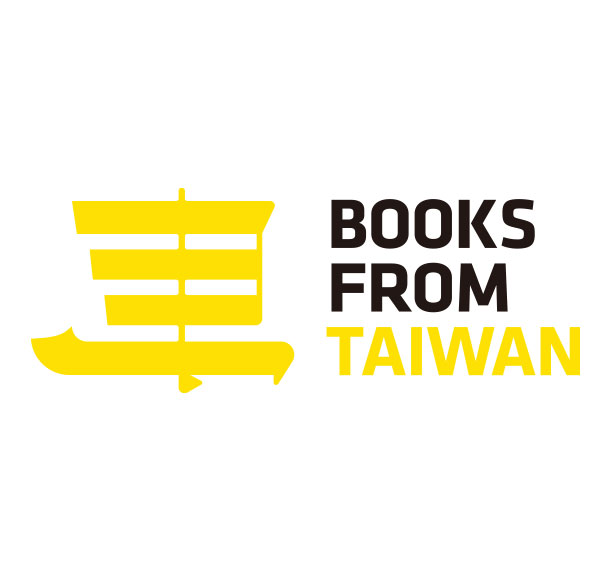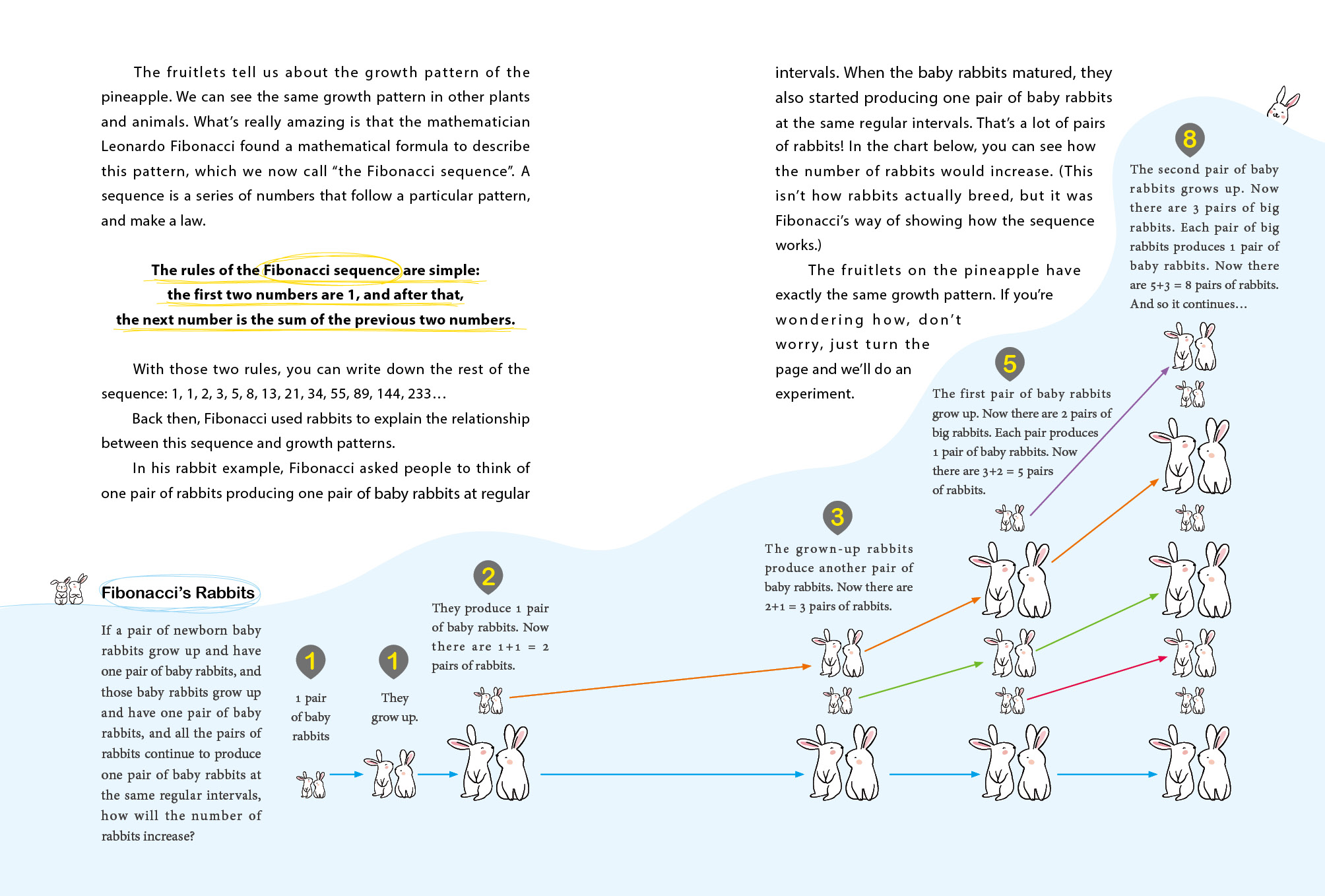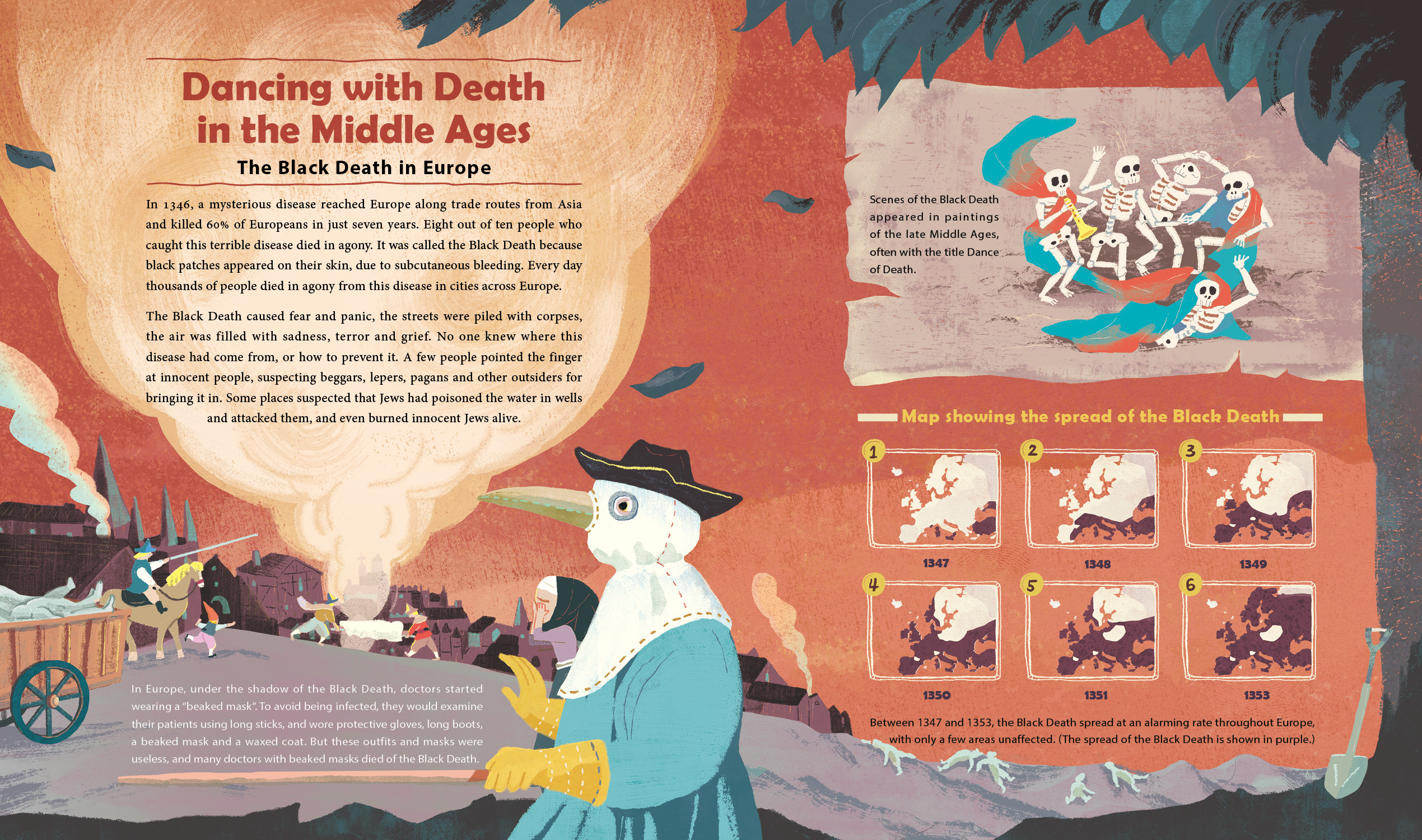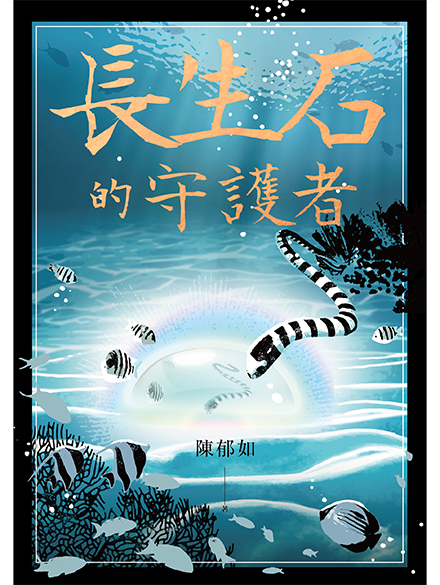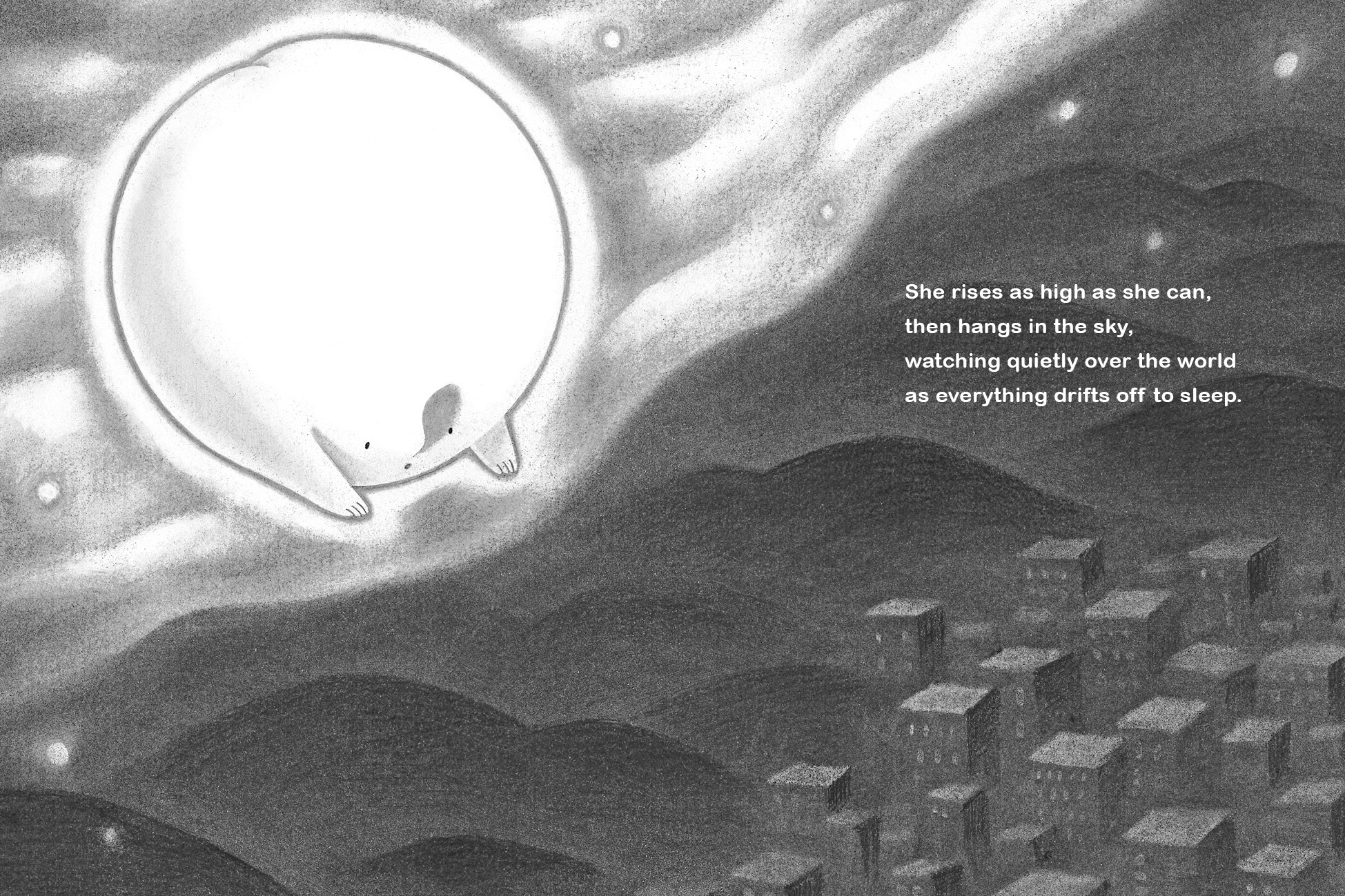Read previous part: https://booksfromtaiwan.tw/latest_info.php?id=218
Returning now to publicity and rights licensing news, Chen Yuhong (陳育虹), close friend of the late Yang Mu and translator of both Anne Carson and Nobel Laureate Louise Glück, is herself an important poet; translations of her work exist in English, French, and Japanese, and she was awarded the prestigious Cikada Prize in Sweden this September.
Booker-prize longlist author Wu Ming Yi (吳明益) visited Europe to promote the German edition of The Man with the Compound Eyes (Der Mann mit den Facettenaugen). There, he attended the Climate Culture Festival, the Internationales Literaturfestival Berlin, and gave a talk at the University of Zurich.
Writer of Ocean literature and one of the most well-known Indigenous authors, Syaman Rapongan (夏曼.藍波安), visited France to promote the publication of Les Yeux de l'océan, Mata nu Wawa (大海之眼), the second of his books to be published in French. He met readers and joined academics at universities in Bordeaux, Paris, and Lyon. Rapongan’s unique perspective and narrative style have left strong impressions on foreign readers, and his works have been translated into English, Russian, Czech, Italian, Japanese, Korean, and other languages.
Puppet Flower (傀儡花), a piece of well-received historical fiction written by part-time novelist and full-time medical specialist Yao-Chang Chen (陳耀昌), was made into a TV miniseries (Seqalu: Formosa 1867) and is to be published in English by Columbia University Press in 2023.
Gold Leaf (茶金) is another book-to-screen success story. What began as a self-published biography documenting the rise and fall of a tea-exporting Hakka family was adapted into a 10-part television series broadcast in 2021.
In conversation, several international publishers have remarked to me on the steady demand for children’s books in the Taiwanese market. One might wonder what is driving the demand, and some may be surprised to hear it attributed to our low childbirth rate. Indeed, even if the absolute number of children is smaller, parents often have more resources available, both in terms of finance and time, to spend on the children they do have.
Twenty years ago, cheap story books such as The Fairy Tales of Grimm and Andersen, published with small, low-quality illustrations throughout, were the go-to choice for parents; but now high-value picture books are just as popular. However, the continuing decline in the total fertility rate is nevertheless alarming for our industry, and we have seen school and university closures due to the significant reduction in pupil numbers. The other drive for children’s books is likely to come from millennial, trend-conscious parents, known in Mandarin as wenqing parents (文青家長). These consumers are drawn to well-crafted and beautifully illustrated books, and they tend to purchase books that they themselves would like to read. This is a trend we see across the world, with the rise of imprints such as Big Picture Press from Templar, or new publishers such as Magic Cat Publishing in the UK.
Many illustrated books, where genre boundaries can be quite blurred—as is the case with picture books, graphic novels, and independently produced manga—enjoy a wide readership that ranges from children to adults. We also see illustrators choosing to work in multiple genres, for example Pei-Hsiu Chen (陳沛珛), Yi-Wen Huang (黃一文), and Zhou JianXin (周見信), to name but a few. Although the presence and enduring cultural influence of manga has deep roots in Taiwan, graphic novels have often been seen as a niche and difficult-to-sell product category. Pei-Shan Huang, founder of Slowork, who has been on a mission to publish graphic novels by local authors and illustrators (for which she has received great critical success), shared that she is pleased that her books have performed well in Japan but is disappointed that sales have remained sluggish in Taiwan. Though progress might feel frustratingly slow, acceptance of graphic novels is increasing, and the market is slowly expanding; classic, award-winning examples such as Maus by Art Spiegelman, Understanding Comics and Making Comics by Scott McCloud, and Persepolis by Marjane Satrapi, have all been translated and published in Taiwan within the past five years.
As I re-read various materials in preparation for this post, I began thinking about how the hybridity of our books and our heterogeneous readership exist as reflections of a national sensitivity; Taiwan is the in-betweener inhabiting divergent identities that cannot be neatly categorized. But there is an irony here too: despite their genre-straddling nature, many publications from recent years have had a strong focus on the local. Be they community histories, picture books dripping with nostalgia, or novels written in the gradually fading Taiwanese language, although some publications possess universal qualities that transcend their setting, much of their content can appear as targeting a specifically Taiwanese readership.
I write this without judgement; a complicated history means many of us are experiencing shifts within the collective self. Martial law was lifted only in the late 1980s, and eerie feelings of the authoritarian linger still. Those of the White-Terror generation might, whether consciously or subconsciously, have forgotten the worst of what they went through, a forgetting that in some instances amounts to an omission.
But the rise of the internet brought with it access to information previously unavailable, and the 2014 Sunflower Movement instilled a new generation with the means and motivation to become politically minded. Some of us began to question what it meant to be Taiwanese. Were we heirs to Chinese culture? Were we a neo-colonial vassal to the USA? Or could we in fact become something else?
Alongside this venturing outward into the unknown universe, some have chosen introspection; they have looked at what has been lost or at what is in danger of disappearing. Depending on one’s perspective, this could be viewed either as resistance or as naïveté. But whatever it is, we are seeing the rise of authors and illustrators whose artistic impulse is local to Taiwan. Despite the occasional difficulty in translocating a hyper-specific cultural reference, the steady accumulation of international awards, rights sales, and domestic content licensing have helped the industry gain confidence and momentum. With that in mind, we very much look forward to reading new works and to introducing them to our readers around the world.
For more information on the latest updates surrounding our creative industry and international book fair, please visit:
Taiwan Creative Content Agency (TAICCA) English official website
For more information on translation grants, please visit:
